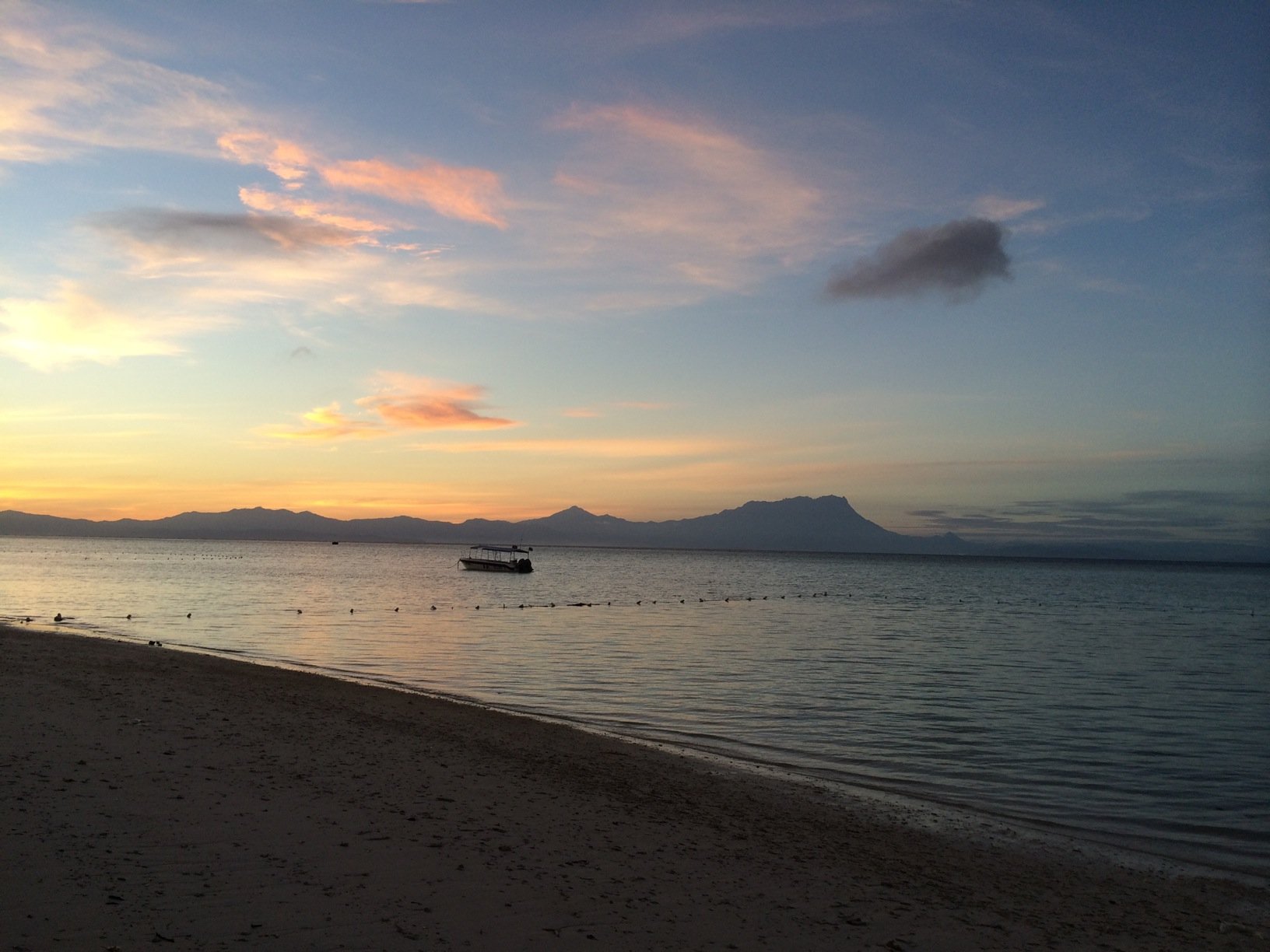
Sometimes, when you plan and book trips, you pick the wrong option. So it was with my family’s trip to Borneo, where, for the end our trip, we had a choice of the Semporna Archipelago, home of the world famous dive site of Sipadan, or Mantanani, a small island off Borneo’s north coast which also had beaches and diving. We went for Mantanani, and we should have gone for Semporna. That’s life, but its worth looking and what Mantanani has to offer that will make it a great place to visit in a few years, when it gets its act together.
Mantanani is a biological link between Borneo and the islands of the Philippines. Like many small islands that fringe the Philippines side of Borneo, it has a handful of species that are mostly found in the Philippines, or species that are supertramps, meaning they occur on many of the smaller fringing islands in the Indo-Malayan archipelago. The most exciting of these is the Mantanani Scops Owl, a species named for the island but the majority of whose range is actually the Philippine island of Palawan. I was unable to see one on the island, but did hear one from my room at night. There are a several supertrampy pigeons on the island, but the only one I saw was the Pied Imperial Pigeon. There were other trampy species around, like Olive-backed Sunbirds, Asian Koels (as recently established, a type of cuckoo), Emerald Doves (a species I seem to pick up everywhere), Pink-necked Green Pigeons and my lifer Pied Triller.
The island is also a migrant trap at the right time of year. While I was there rather late, but this series of posts could give you an idea of what’s possible for a birder going at the right time of year. I did pick up a few lifer Asian migrants, including an Eyebrowed Thrush and a Blue Rock Thrush. The finest migrants to be found while I was there were seabirds, as the northern end of the island is a frigatebird roost. It’s always an impressive site to see a huge flock of circling pterosaurs… I mean frigatebirds, but these flocks hid a nicer treat. Most of them were Lesser Frigatebirds, but a few of them, including at least one that I saw, were Christmas Frigatebirds. This critically endangered seabird is not an easy tick, but this site is fairly reliable for them, which, along with the owl, make this place an attractive draw for birders.
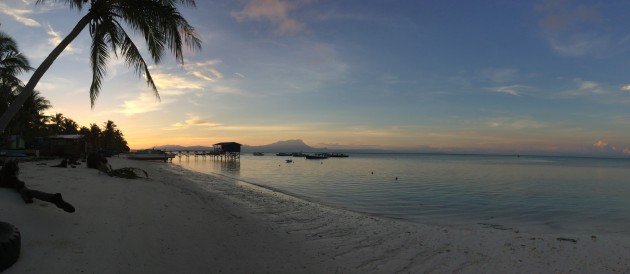 The views at Mantanani were genuinely jaw-dropping
The views at Mantanani were genuinely jaw-dropping
The diving wasn’t terrible either. The coral was in reasonably good condition (this being something of a problem in many parts of the world now) and there was certainly an interesting selection of things to look at. I always like seeing turtles (even if I lack the ability to separate Green Turtles from Hawksbill Turtles), and I did see my first tropical cuttlefish, which was pretty awesome. There were also Blue-spotted Stingrays, massive moray eels, those wierd eels that look a lot like sea snakes. And a lot of fish.
So that’s a lot of positives. Why so negative? Well, it isn’t a huge island and has two small fishing villages on it. But those villages have taken most of the native forest and left a lot of weedy scrub behind. The the scrub is full of trash. Everywhere seems to have trash, actually. It’s lovely to walk along the beach and look out to sea, but its kind of depressing not to be able to look to closely inland.
The accommodation wasn’t to hot either, really. We knew it was basic, but there’s basic and there’s really basic. But I think the worst thing for me was the diving. This may come as a surprise, given what I said above, but there is diving – what you see, and there is diving, what it is like to dive with an outfit. And the diving outfit at Mantanani is the worst I have encountered since I started diving 16 years ago. This only became apparent on our second dive, when the boat we were on had divers and snorkelers. This is… unusual, but it didn’t occur how so until we finished the dive, about five minutes early, and popped up at least a mile from the island, with no boat in sight. This is a shocking thing at the best of time, because if something goes wrong on a dive (and diving is inherently risky) unless you are shore diving you are utterly dependent on a boat to save you. It was doubly worrying because the moment we emerged was the moment a storm swept in, dropping visibility and worryingly close lightning strikes. The boat did eventually show up, then got stuck on a snadbank on its way to pick us up.
The combination of terrible dive shop and a trashed island won’t last forever. PADI will come to bear on the shop, and the island is becoming more touristy, which should clean things up. More places are opening on the island, so the quality of accommodation will improve. So, in a few years when you make it to Borneo, it may be worth timing your visit to pick up the owl, the frigatebird and the great Asian migrants. Let’s hope so.


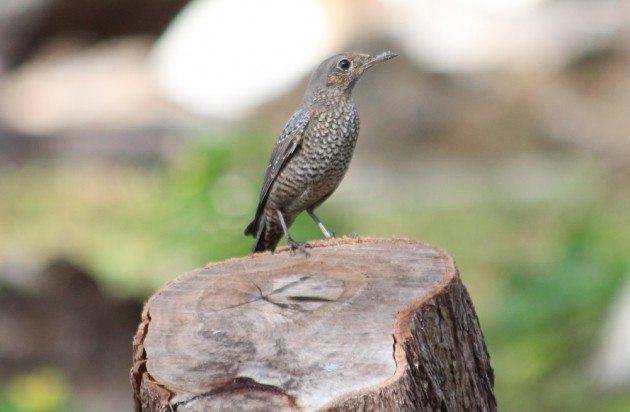
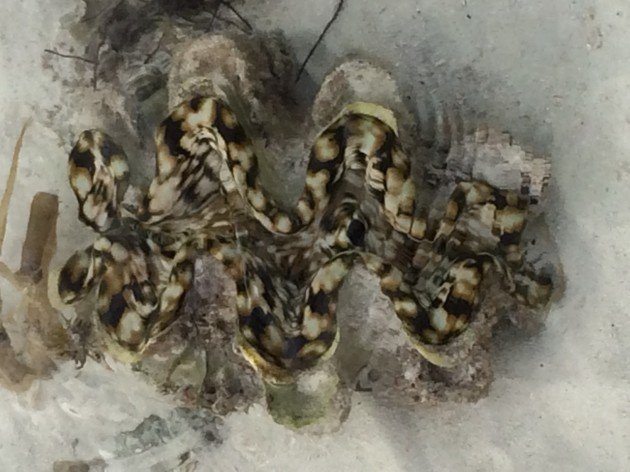
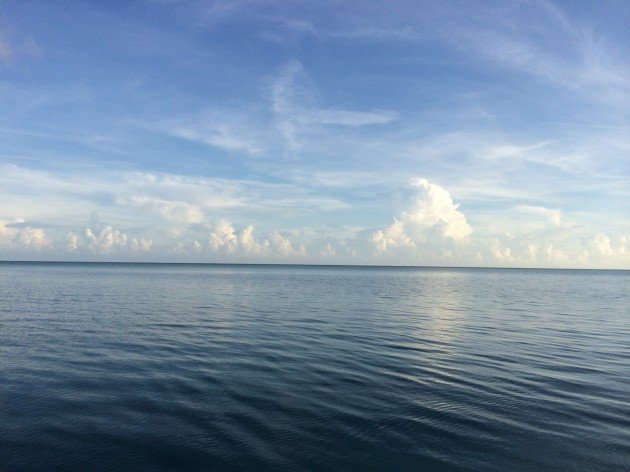

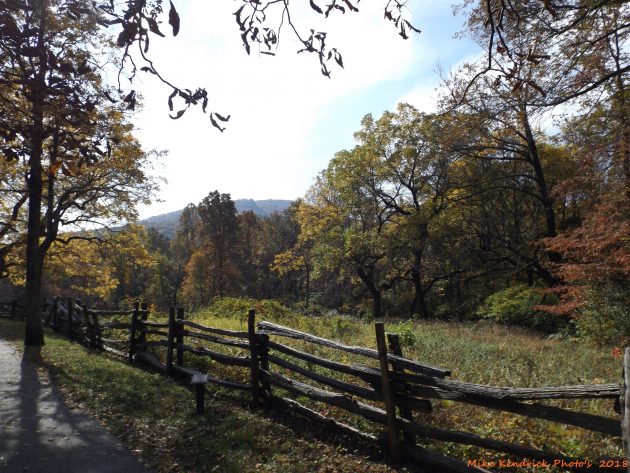
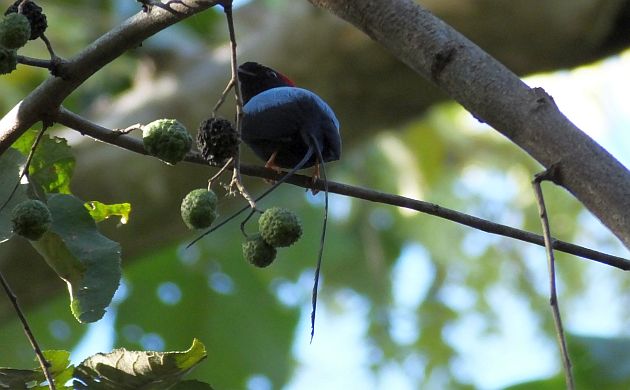

 New writers welcome – please contact us for details.
New writers welcome – please contact us for details.

















Yes, trash and bird catchers carrying your lifers in cages out of the forest you are about to enter are truly frustrating in SE Asia!